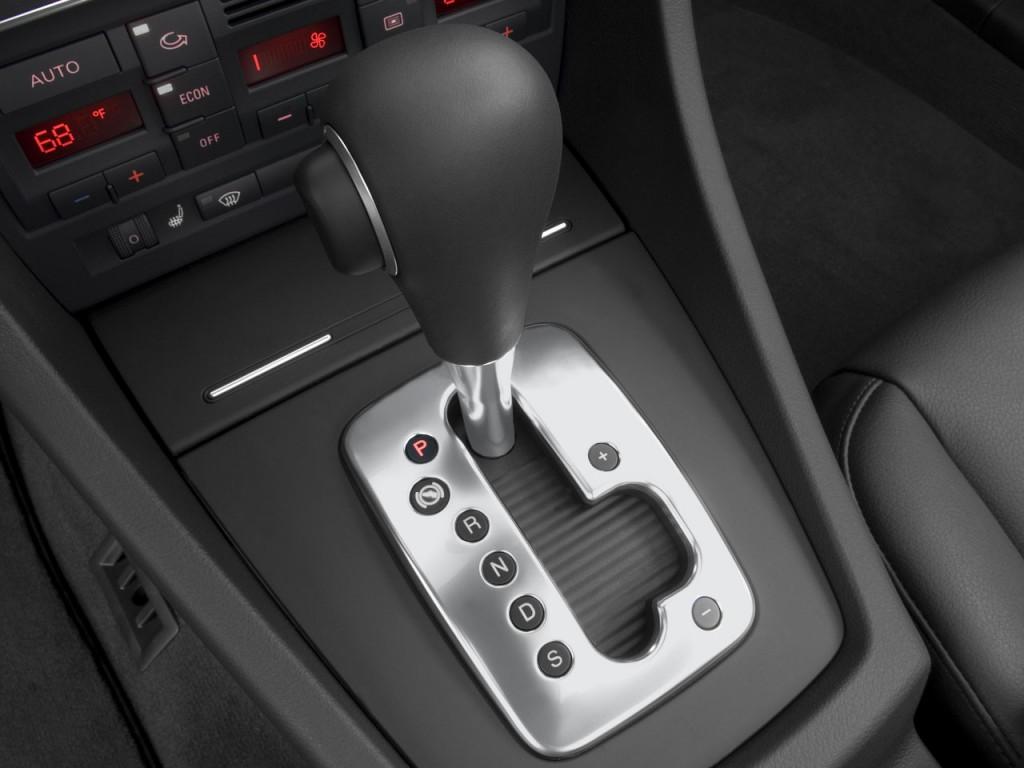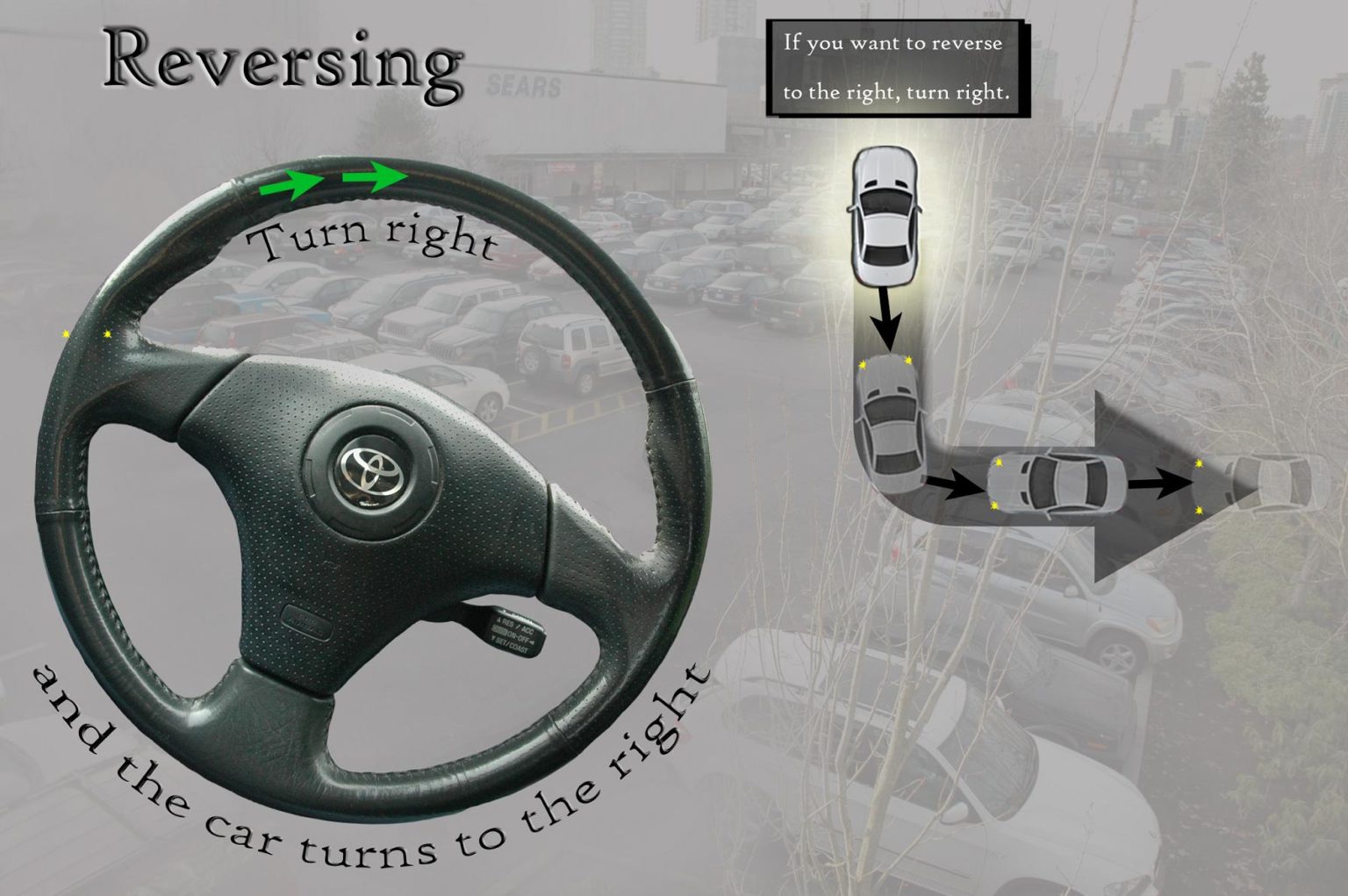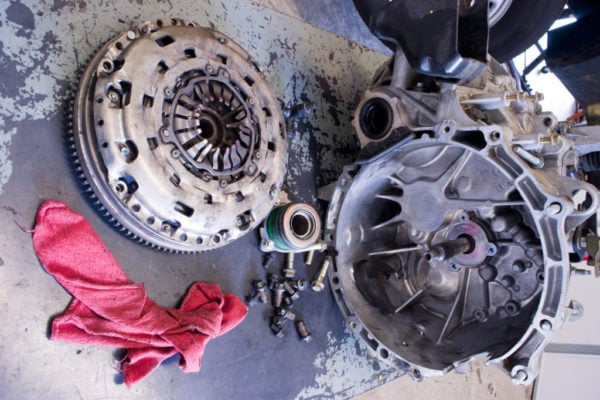Car Goes Reverse But Not Forward

A perplexing issue is emerging within a specific range of vehicles: a vehicle's ability to reverse flawlessly while failing to move forward. This oddity has sparked concern among drivers and ignited investigations to determine the underlying cause and scope of the problem.
The issue, which has been reported across multiple states, is characterized by vehicles that can successfully engage and operate in reverse gear, but are completely unresponsive when shifted into drive or other forward gears. This anomaly raises serious safety questions and presents a unique challenge for automotive engineers and mechanics alike.
The reports started trickling in late last month, mostly through online forums and social media groups dedicated to automotive enthusiasts. Now it has escalated into official complaints lodged with the National Highway Traffic Safety Administration (NHTSA). The NHTSA confirmed it is currently reviewing the situation.
The Details of the Issue
The problem seems to be concentrated within a certain production window of vehicles manufactured by, according to preliminary investigations, a single automaker. While the specific make and model are yet to be officially disclosed, information available suggests it affects SUVs and pickup trucks from the 2022 and 2023 model years.
The common thread reported is a complete lack of forward propulsion when the vehicle is placed in drive. The engine runs smoothly, and the gear selector appears to engage properly, but the vehicle remains stationary. However, shifting into reverse allows the vehicle to move backward without any apparent difficulty.
"It was the weirdest thing," recounts Sarah Miller, a resident of Ohio, who experienced the issue with her SUV.
"I backed out of my driveway just fine, put it in drive to go forward, and nothing. The engine was running, but it wouldn't move an inch."
Potential Causes and Investigation
The exact cause of the problem remains undetermined, and various potential explanations are under investigation. Some speculate it might be related to a faulty transmission component, a software glitch in the vehicle's control system, or even an issue with the gear selector mechanism.
Automotive experts are considering several possibilities, including issues with the forward clutch packs within the transmission, a defective shift solenoid, or a sensor malfunction that is misreporting the gear position to the engine control unit (ECU). However, without a thorough diagnosis, pinpointing the exact root cause remains elusive.
The NHTSA's investigation is expected to involve a comprehensive review of manufacturer data, consumer complaints, and technical analysis of affected vehicles. The agency may also conduct its own independent testing to replicate the issue and identify its underlying cause.
Impact and Response
The unexpected failure of a vehicle's forward gears poses a significant safety risk. Drivers encountering this issue could find themselves stranded in potentially dangerous situations, such as in the middle of traffic or on a busy highway. Furthermore, the sudden loss of forward motion could lead to accidents, especially if the driver is not prepared for it.
The affected automaker has yet to issue an official statement regarding the problem. However, sources within the company have indicated that they are aware of the issue and are cooperating with the NHTSA's investigation. A formal recall may be initiated depending on the outcome of the inquiry.
In the meantime, drivers of potentially affected vehicles are advised to exercise caution and remain vigilant for any signs of transmission malfunction. If they experience any issues with their vehicle's forward gears, they should immediately contact their dealer or a qualified mechanic for inspection.
What You Should Do
If you suspect your vehicle may be affected, consult your vehicle's warranty information and contact your dealership immediately. Describe the issue you’re experiencing in detail.
Document everything: Keep records of all interactions with the dealership, including dates, times, names of personnel, and descriptions of the work performed.
Report the problem to the NHTSA. Filing a complaint with the NHTSA helps the agency track safety issues and potentially initiate a recall if a widespread problem is identified.
Conclusion
The "reverse but no forward" issue is a serious concern that demands immediate attention. As the investigation unfolds, the automotive industry and vehicle owners are anxiously awaiting answers.
The outcome of the NHTSA's investigation and the subsequent actions taken by the manufacturer will have a significant impact on the safety and reliability of vehicles on the road. Furthermore, it will affect the confidence consumers have in the automotive industry.
This unusual situation underscores the importance of rigorous testing and quality control in vehicle manufacturing. It reinforces the need for proactive measures to identify and address potential safety risks before they impact drivers and their vehicles.



![Car Goes Reverse But Not Forward [HELP] Car goes reverse but not forward : r/PowerWheelsMods](https://external-preview.redd.it/help-car-goes-reverse-but-not-forward-v0-bDVsZzZvOXV5eXVjMRFFyErHhtcSndInzsKKAxzUoeiD-lEGvORoLRmpz-lZ.png?width=1080&crop=smart&format=pjpg&auto=webp&s=a4e20f5bc11e4367ea97ce2e0fd535885c8b8c48)














